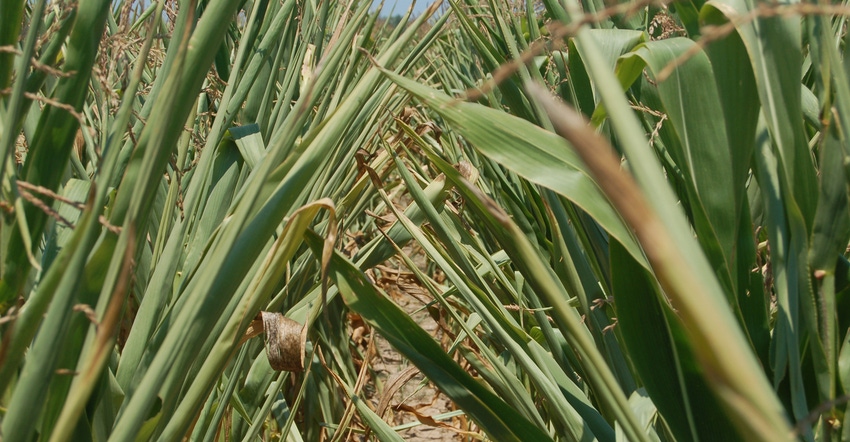
What is your maximum corn yield potential? Bob Nielsen says maximum yield potential for any corn hybrid occurs while the seed is still in the bag.
“Once you plant corn, that crop’s yield potential is exposed to a whole array of yield-limiting factors,” explains Nielsen, Purdue University Extension corn specialist. “These yield-limiting factors threaten to reduce yield potential.”
Yield-limiting factors range from droughty soils to excessively wet soils to soil compaction. Throw in a variety of insects and diseases. Weather conditions, never the same from year to year, also factor in. Even the farmer’s management ability can be a yield-limiting factor, Nielsen notes.
Identify factors
Having a laundry list of yield-limiting factors at your fingertips is not nearly as important as accurately identifying such factors for any one field. The key to consistently producing high-yielding corn starts with your ability to accurately identify yield-limiting factors specific to each field, Nielsen says.
The next step is successfully mitigating these factors. That may be as simple as changing depth settings, or it could be as complex as investing in irrigation in fields that are droughty. In between these extremes is a host of possible factors, from the amount of specific nutrients you apply to your timing of nitrogen application.
“If you fail to identify and diagnose yield-limiting factors, some agronomic decisions will be no more accurate than throwing darts while blindfolded,” Nielsen says. Put another way, if you don’t know what’s truly capping yields, you won’t know where to invest in potential solutions.
Search for solutions
The search for yield-limiting factors requires agronomic knowledge and skills, Nielsen says. That’s why he often reviews how corn plants grow and when plants make key decisions in their life cycle.
“It takes time and can be difficult to identify yield-limiting factors,” he says. “Use tools at your disposal.”
Aerial imagery and yield maps can help focus your search, Nielsen says. His work with unmanned aerial vehicles convinced him that flying a field at key times can uncover areas that may run into a yield-limiting factor that couldn’t be determined by scouting at ground level.
Taking a shotgun approach and not focusing on factors that are actually limiting yield can result in spending dollars on “solutions” for problems you don’t have, Nielsen adds. For example, Nielsen and his colleague Jim Camberato have found that, based on a limited field trial so far, sulfur helps corn yields in some fields but not all. And where sulfur will help isn’t always predictable. If you’re just applying sulfur because someone suggests it, and you don’t do comparison strips, you won’t know if sulfur is netting more dollars through more bushels, or if it’s an expense you don’t need.
“Make sure you have a problem which needs a solution,” Nielsen says. “Look for solutions which are well-documented with reliable research. Farmer testimonials or data from one or two trials isn’t good documentation.
“Some solutions people want to sell you simply aren’t needed in your field. That’s why you need to know what’s holding down yields before you make key input decisions.”
About the Author(s)
You May Also Like




